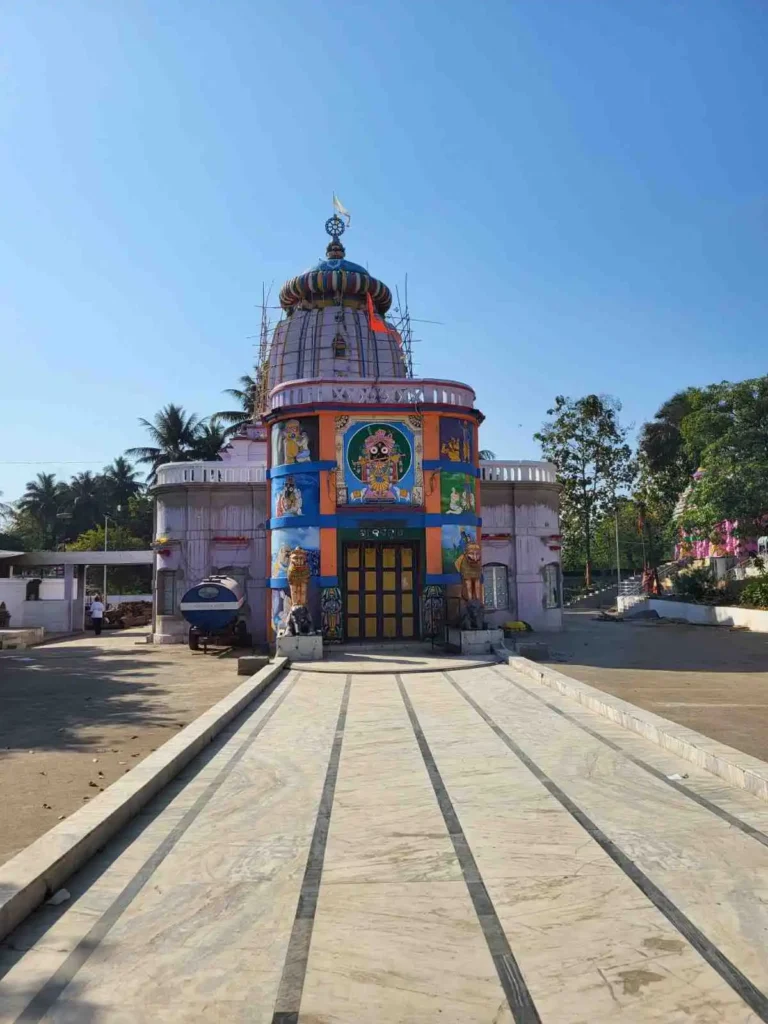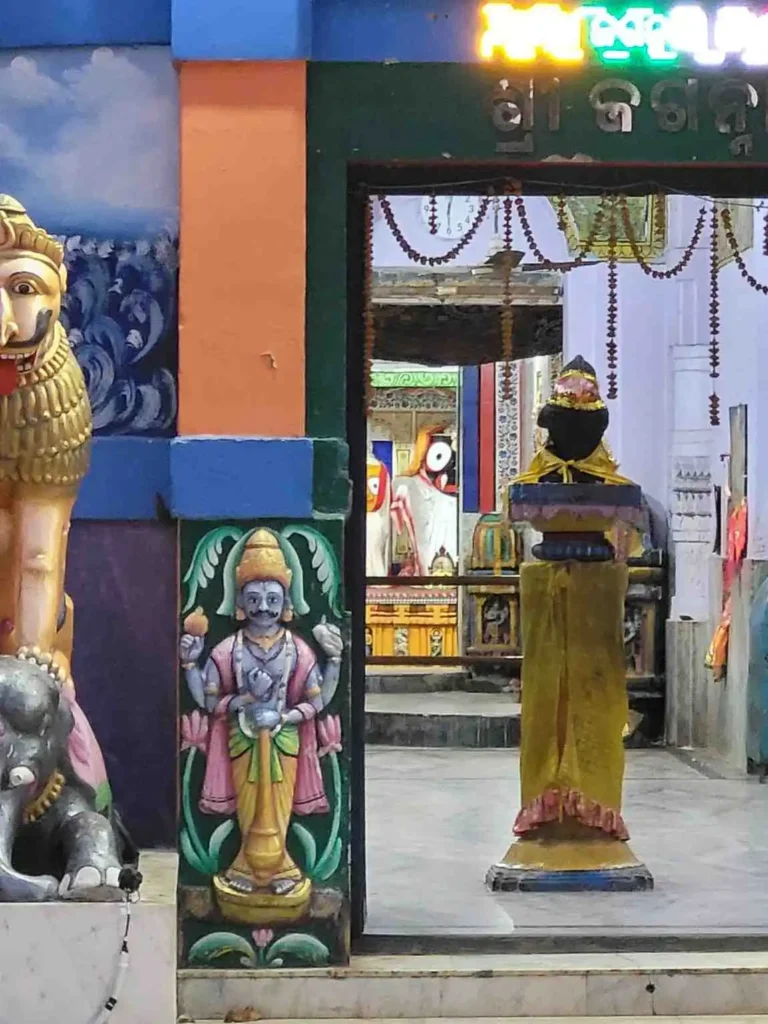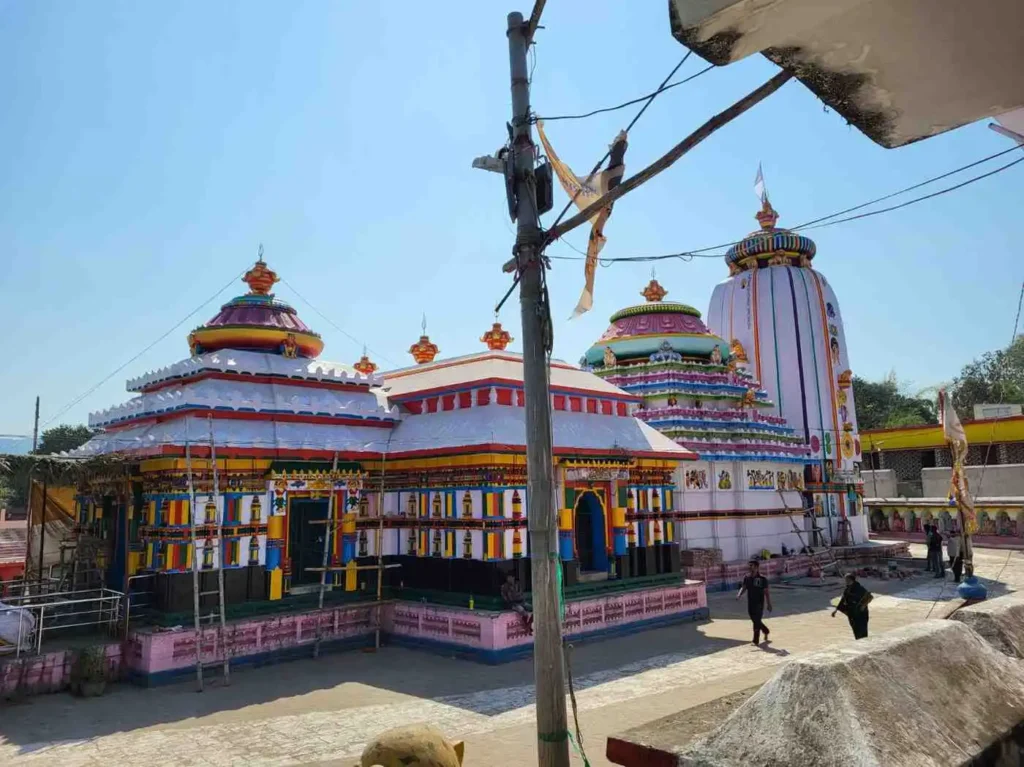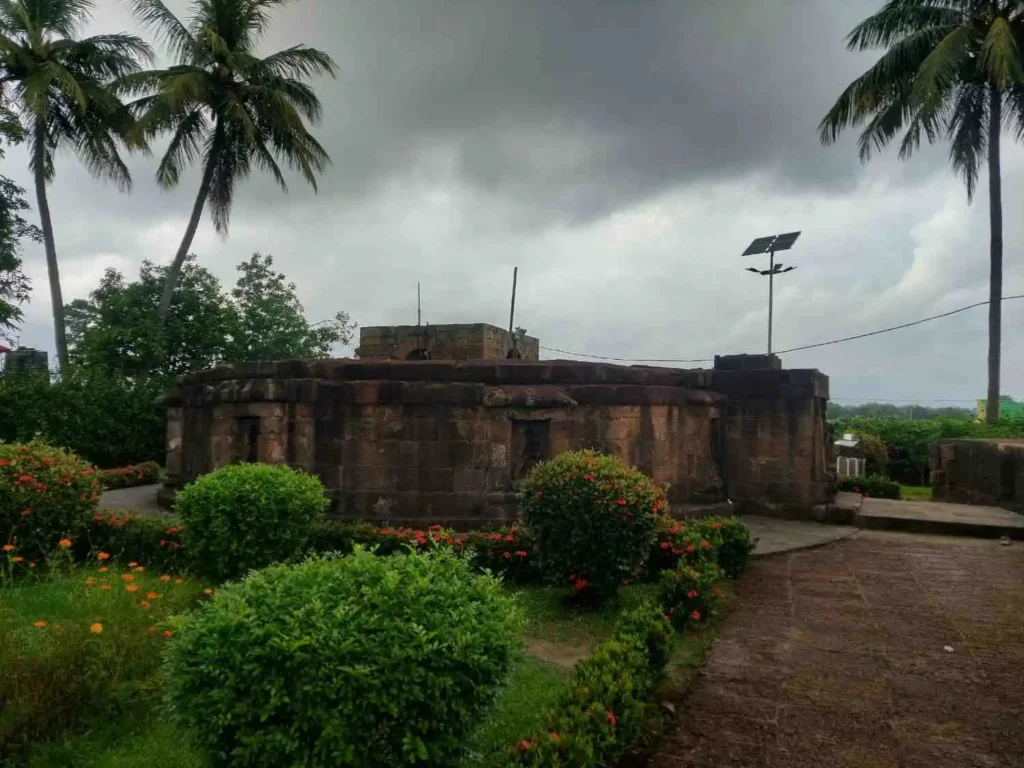
Table of Contents
A Glimpse into the Origins

The Architecture: Simple Yet Majestic
The main sanctum of the Nayagarh Jagannath Temple is built in the ‘Rekha Deula’ style, a hallmark of Odisha temple architecture. Moreover, the structure follows the Pancha Ratha plan, giving it a balanced and symmetric look.
Key architectural highlights include:
- Firstly, a towering Vimana standing 120 ft tall.
- Secondly, surrounding deities like Varaha, Narasimha, and Trivikrama are installed as Parsvadevatas (side deities).
- In addition, there are beautiful carvings of the Navagraha (nine planets) above the doorway.
- Furthermore, a depiction of Gajalakshmi symbolizes prosperity and protection.
- Although the builders didn’t construct the original Jagamohana, they eventually added a flat-roofed building to serve its purpose.
The Role of Master Craftsmen
Traditions That Echo Puri

Celebrations That Unite the Community
One of the most anticipated events is the Rath Yatra, where three chariots are built starting from Akshaya Tritiya. Similarly to Puri, the deities embark on their divine journey to the Adapa Mandapa (Gundicha Temple equivalent).
Specifically, on the day of the chariot festival, the Raja of Nayagarh performs the sacred ritual of Chhera Panhara, sweeping the chariot floor with a golden broom—thus echoing Puri’s royal traditions.
In addition to Rath Yatra, other important festivals include:
- Makara Sankranti
- Chandan Yatra
- Snana Yatra


